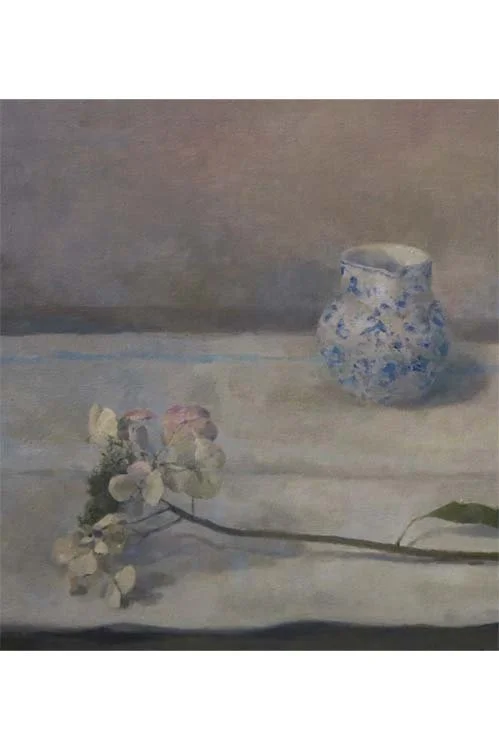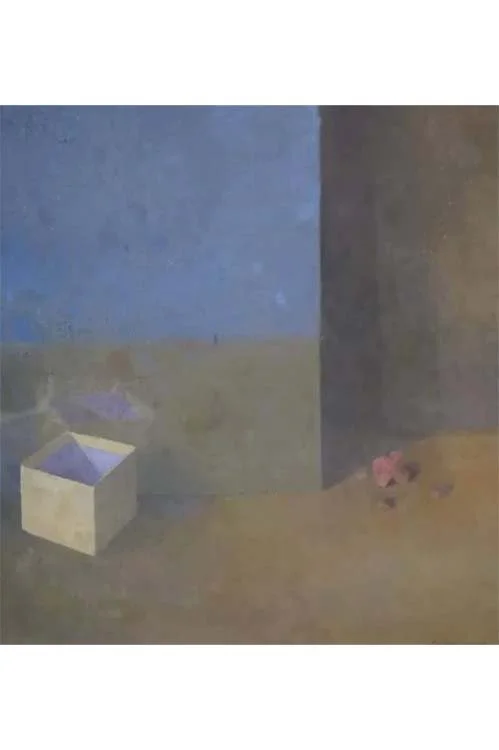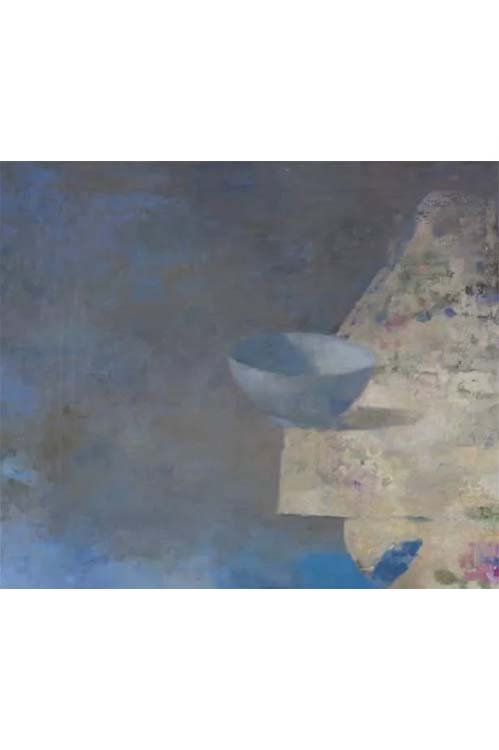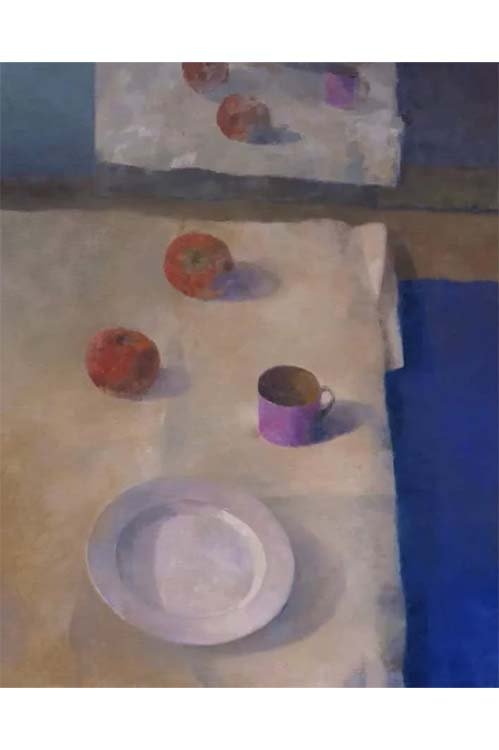 Image 1 of 10
Image 1 of 10

 Image 2 of 10
Image 2 of 10

 Image 3 of 10
Image 3 of 10

 Image 4 of 10
Image 4 of 10

 Image 5 of 10
Image 5 of 10

 Image 6 of 10
Image 6 of 10

 Image 7 of 10
Image 7 of 10

 Image 8 of 10
Image 8 of 10

 Image 9 of 10
Image 9 of 10

 Image 10 of 10
Image 10 of 10











When the Painting Starts to Talk (Online Course) Fall 2025 w/ Mathieu Weemaels
November 3 to December 1 (Mondays), 10:00 AM to 12:30 PM, Eastern Time
**All sessions are live and will be recorded, students do not have to be present. All recordings will be available to students for 3 months after the final session, after 3 months the recording will be deleted.
Please check your email spam/junk folder for your Zoom invite.
Course Description
Making a painting and training to paint are two different things. We try to create an art work and it’s this very rich, complex and deep process that I propose we explore together.
Course Outline
Week 1: How and Why Paint a Still Life in the 21th Century?
The importance of abstraction in contemporary figuration.
Abstract and figurative hand in hand.
The construction lines in a painting.
Week 2: At the Start, the Idea: What’s Really Important in the Painting We’re Painting. The Abstract Forms Created by the Objects Before the Objects Themselves.
Thinking at the meaning as the architect of the construction.
At the start: imagine the painting from the scene you see then construct, install the main elements and see what happens. It’s the moment where the painting tells you what you couldn’t guess before it shows you.
Take the time to think and observe what you installed and eventually change it. Take care of the distances between objects, their position in the space of the painting, installing empty spaces, letting objets disappear partially to bring some surprise, let the viewer imagine.
Week 3: After the Initial Construction: Light and Air Before Objects.
The importance of the light.
How to paint the light.
Representing without representing. Paint objects from the light.
The importance of the air.
Week 4 : What’s Happening During the Process: What Can We Learn From the Painting We’re Painting?
Install the silence.
You re now far in the process of the painting you started. It should be talking to you right now. Sometimes the painting tells you what it wants to talk about. May be you didn’t know it yourself. Listen to this and play with it, let yourself get surprised by what s happening.
Week 5 : Working With Dry Pastel.
I will talk about the way I ve been using them during years. It’s a wonderful technique allowing a more rapid and energetic way of working. No drying, nervously of the gesture. It’s a very interesting technique for itself but you can also learn from it and use it for oil or any other technique of yours.
Course Materials List
This is less a technical class and more of an analytical class. Materials are not very important.
For exercises paper is more useful than another surface. You could use oil, acrylic, gouache or watercolor etc. Pastel or other dry media doesn’t need drying time so it’s more comfortable. As there is a week between the classes, media with longer drying time can be used too. I suggest you to use the technique that you prefer.
One paper or canvas of good dimension (40X50 or 50X60 or bigger if they want) and other papers to make some exercises apart from the main project.
For Oil -
Paper for oil painting size around 40X50cm
Brushes
Colors: white, brown, ochre, blue, red, etc…..
For pastel -
Paper around 40X50cm adapted for this technique but without "big holes in it”. A simple paper is ok, the only point is: it must not be too flat because the pastel must scratch to hold on it.
Fixative.
For Acrylic -
Same as oil but for watercolors.
November 3 to December 1 (Mondays), 10:00 AM to 12:30 PM, Eastern Time
**All sessions are live and will be recorded, students do not have to be present. All recordings will be available to students for 3 months after the final session, after 3 months the recording will be deleted.
Please check your email spam/junk folder for your Zoom invite.
Course Description
Making a painting and training to paint are two different things. We try to create an art work and it’s this very rich, complex and deep process that I propose we explore together.
Course Outline
Week 1: How and Why Paint a Still Life in the 21th Century?
The importance of abstraction in contemporary figuration.
Abstract and figurative hand in hand.
The construction lines in a painting.
Week 2: At the Start, the Idea: What’s Really Important in the Painting We’re Painting. The Abstract Forms Created by the Objects Before the Objects Themselves.
Thinking at the meaning as the architect of the construction.
At the start: imagine the painting from the scene you see then construct, install the main elements and see what happens. It’s the moment where the painting tells you what you couldn’t guess before it shows you.
Take the time to think and observe what you installed and eventually change it. Take care of the distances between objects, their position in the space of the painting, installing empty spaces, letting objets disappear partially to bring some surprise, let the viewer imagine.
Week 3: After the Initial Construction: Light and Air Before Objects.
The importance of the light.
How to paint the light.
Representing without representing. Paint objects from the light.
The importance of the air.
Week 4 : What’s Happening During the Process: What Can We Learn From the Painting We’re Painting?
Install the silence.
You re now far in the process of the painting you started. It should be talking to you right now. Sometimes the painting tells you what it wants to talk about. May be you didn’t know it yourself. Listen to this and play with it, let yourself get surprised by what s happening.
Week 5 : Working With Dry Pastel.
I will talk about the way I ve been using them during years. It’s a wonderful technique allowing a more rapid and energetic way of working. No drying, nervously of the gesture. It’s a very interesting technique for itself but you can also learn from it and use it for oil or any other technique of yours.
Course Materials List
This is less a technical class and more of an analytical class. Materials are not very important.
For exercises paper is more useful than another surface. You could use oil, acrylic, gouache or watercolor etc. Pastel or other dry media doesn’t need drying time so it’s more comfortable. As there is a week between the classes, media with longer drying time can be used too. I suggest you to use the technique that you prefer.
One paper or canvas of good dimension (40X50 or 50X60 or bigger if they want) and other papers to make some exercises apart from the main project.
For Oil -
Paper for oil painting size around 40X50cm
Brushes
Colors: white, brown, ochre, blue, red, etc…..
For pastel -
Paper around 40X50cm adapted for this technique but without "big holes in it”. A simple paper is ok, the only point is: it must not be too flat because the pastel must scratch to hold on it.
Fixative.
For Acrylic -
Same as oil but for watercolors.
